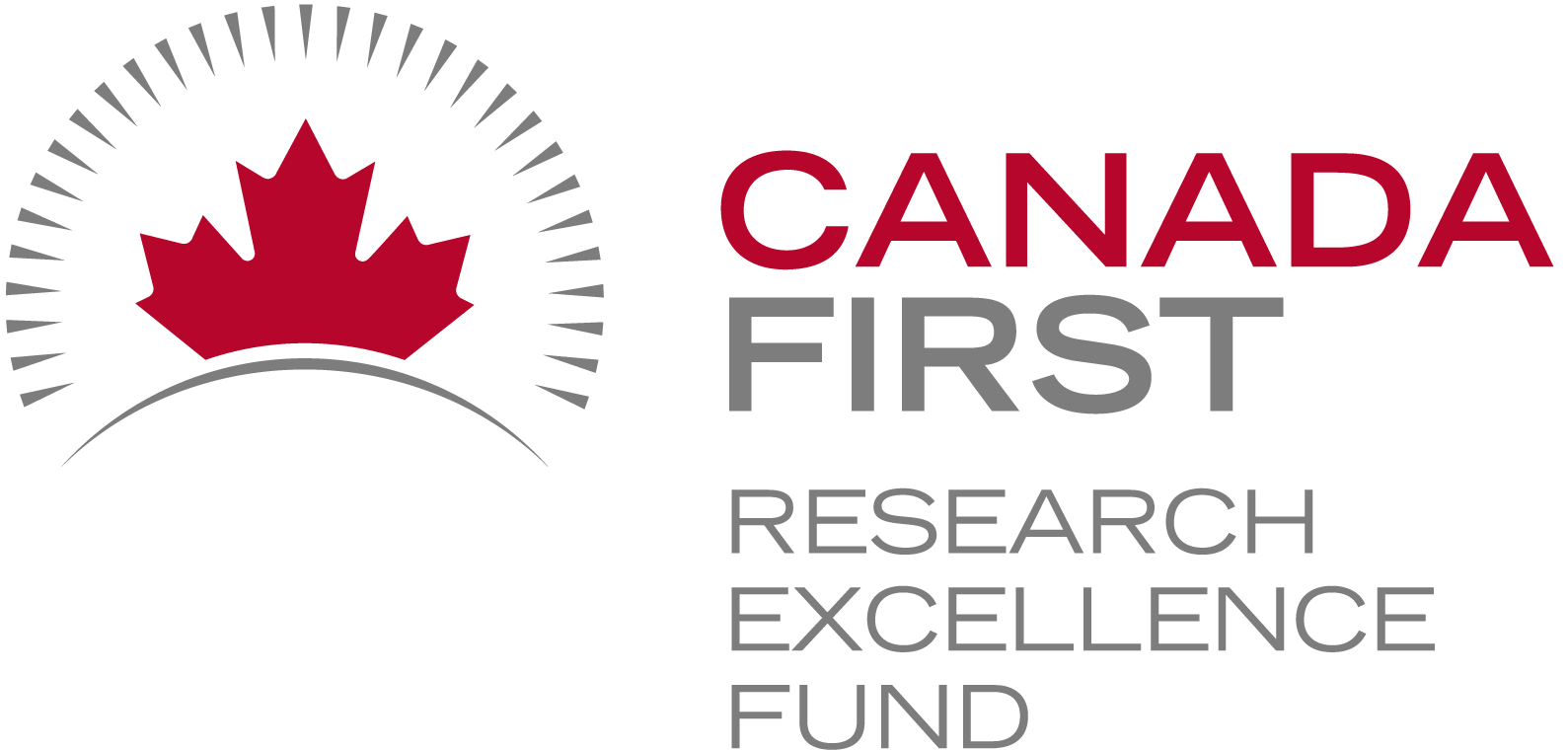A Peek Inside the Ontario Dairy Research Centre – Part 2
Let’s continue to peek into more of the types of data collected routinely at the Ontario Dairy Research Centre (ODRC). Today we’ll talk about health, reproductive, preventive, and research-specific events data, as well as feed analysis and intake data. If you missed part one of this series, read A Peek Inside the Ontario Dairy Research Centre – Part 1 to learn more about other types of data collected daily at ODRC.
Events: A comprehensive record
Tracking health and reproductive events is fundamental in dairy management. Since 2006, a multidisciplinary group composed of faculty, veterinarians and staff members from ODRC have been leveraging over 30,000 entries associated with the management of animal health from birth until they leave the herd.
Reproductive events track crucial data for optimizing the herd’s breeding program and ensuring a healthy, productive and sustainable herd. Since 2005, there have been over 45,000 reproductive events recorded in the centre’s herd management software, such as heat detection, inseminations, pregnancy checks, and calving dates.
Almost 50,000 preventive treatments have been recorded since 2007 to provide insights into disease prevention strategies, such as vaccinations and early disease detection. Once-in-life events (5,400+) have also been tracked for each animal since 2009, such as birth weight, weaning date, and date they left the herd. Lastly, over 15,000 research-specific events have been captured since 2008, forming a history of specific events from previous research trials, such as treatments, weights, and trial start and end dates.
Feed analysis and intake
Understanding the nutritional needs of dairy cattle is key to their health and milk production. The centre collects feed analysis from accredited lab analysis and daily feed formulations from feed management software. This information helps researchers to know the nutritional composition of each ingredient of a cow’s diet at any given day. Since 2014, there have been almost 300 reports of feed analysis tracking over 100 different feed components, such as protein, fat, fibres, total digestible nutrients, dry matter, iron, and zinc.
On the other hand, individual daily feed intakes are recorded for cows fed at the maternity and tie stall areas (amount offered and leftovers), as well as from 100 automated feeding bins (Insentec System, Hokofarm Group) located in the dry cow area and half of the lactating housing. With almost half a million total daily intakes since 2015, this data reveals how much each cow is eating from a couple of months before calving until the end of lactation, which is crucial for ensuring they are receiving the right amount of nutrients they need.
Written by Lucas Alcantara
The Ontario Dairy Research Centre is owned by the Agricultural Research Institute of Ontario and managed by the University of Guelph through the Ontario Agri-Food Innovation Alliance, a collaboration between the Government of Ontario and the University of Guelph.



